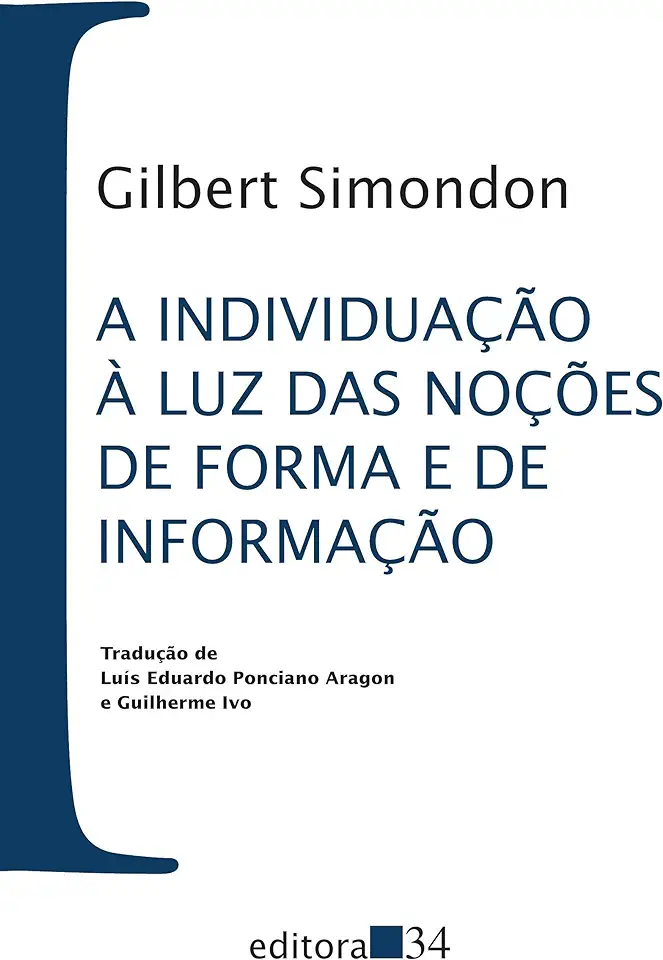
Individuation in Light of the Notions of Form and Information - Simondon, Gilbert
Individuation in Light of the Notions of Form and Information: A Comprehensive Summary
Introduction: Unveiling the Essence of Individuation
In his groundbreaking work, "Individuation in Light of the Notions of Form and Information," Gilbert Simondon embarks on an intellectual journey to explore the profound concept of individuation. Through a meticulous examination of the interplay between form and information, Simondon sheds new light on the processes by which entities acquire their unique identities and characteristics. This comprehensive summary delves into the core ideas presented in the book, highlighting its significance and compelling readers to delve deeper into the fascinating realm of individuation.
The Intertwined Nature of Form and Information
Simondon posits that individuation is not merely a process of differentiation or separation, but rather a dynamic interplay between form and information. Form, in this context, refers to the structural organization and arrangement of matter, while information encompasses the patterns and instructions that guide the development and behavior of a system. Simondon argues that these two concepts are inextricably linked, with form providing the framework for information to manifest and information shaping the evolution of form.
Individuation as a Creative Process
Central to Simondon's thesis is the notion that individuation is a creative process. He challenges the traditional view of individuation as a passive unfolding of predetermined characteristics, asserting instead that it is an active and ongoing process of self-organization and self-transcendence. Through the interaction of form and information, entities engage in a continuous process of becoming, adapting to their environment, and expressing their unique potential.
The Role of Technology in Individuation
Simondon extends his exploration of individuation to the realm of technology, arguing that technological artifacts also undergo processes of individuation. He posits that technology is not merely a collection of inert objects, but rather dynamic systems that interact with their environment and exhibit emergent properties. By recognizing the inherent creativity and individuation of technology, Simondon challenges conventional notions of human-machine relationships and opens up new avenues for understanding the complex interplay between humans and their technological creations.
Transcending Dualistic Perspectives
One of the significant contributions of Simondon's work is his critique of dualistic perspectives that separate mind and matter, subject and object. He argues that individuation cannot be fully understood within these dichotomies, as it involves a continuous process of interaction and mutual transformation between different levels of reality. By transcending dualistic frameworks, Simondon offers a holistic and integrated understanding of individuation that encompasses both the physical and the mental, the individual and the collective.
Conclusion: A Profound Exploration of Identity and Becoming
"Individuation in Light of the Notions of Form and Information" is a profound and thought-provoking exploration of the concept of individuation. Simondon's unique perspective, which emphasizes the dynamic interplay between form and information, challenges conventional notions of identity and becoming. By recognizing the creative and transformative nature of individuation, readers gain a deeper understanding of the processes by which entities acquire their unique characteristics and evolve over time. This book is a must-read for anyone interested in philosophy, psychology, sociology, and the broader study of complex systems. Its insights have the power to reshape our understanding of the world and our place within it.
Enjoyed the summary? Discover all the details and take your reading to the next level — [click here to view the book on Amazon!]